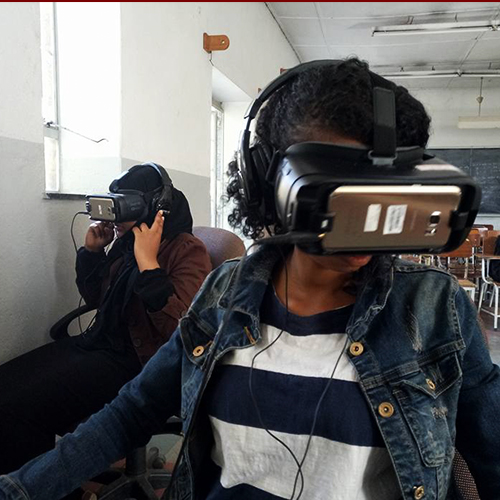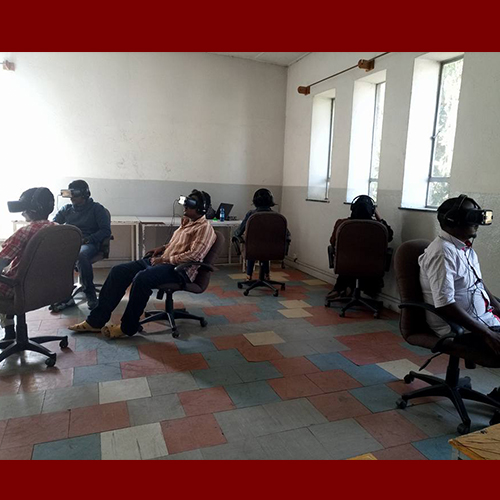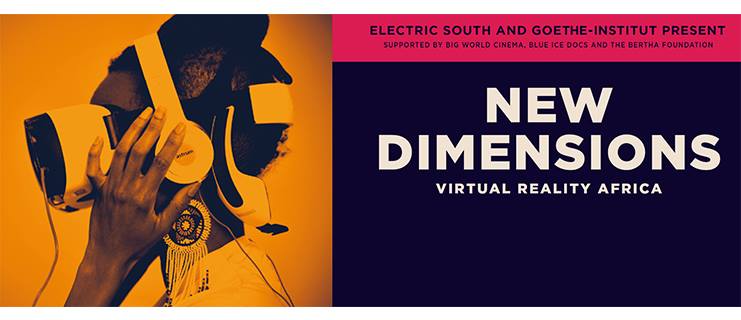
Do you want to experience Nairobi without even being there? You want to have a look at the other, mysterious side of Dakar while sitting in Addis? Do you want to find out how it feels entering a world where you are the unwelcomed outsider? Or do you want to walk around at an art festival in Accra?
Virtual reality (VR) is a computer-generated scenario that simulates a realistic experience. The immersive environment can be similar to the real world in order to create a lifelike experience grounded in reality or sci-fi. Augmented reality systems may also be considered a form of VR that layers virtual information over a live camera feed into a headset, or through a smartphone or tablet device.
Current VR technology most commonly uses virtual reality headsets or multi-projected environments, sometimes in combination with physical environments or props, to generate realistic images, sounds and other sensations that simulate a user's physical presence in a virtual or imaginary environment. A person using virtual reality equipment is able to "look around" the artificial world, move around in it, and interact with virtual features or items. The effect is commonly created by VR headsets consisting of a head-mounted display with a small screen in front of the eyes, but can also be created through specially designed rooms with multiple large screens. (Wikipedia)
New Dimensions shows a selection of Virtual Reality productions from Kenya, Senegal and Ghana. The EiABC community got a viewing session on January 31st.
How do we integrate VR in the built environment and what opportunities would that present?


